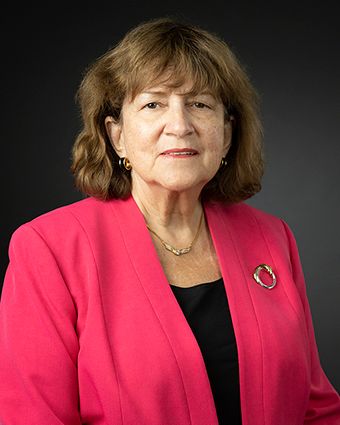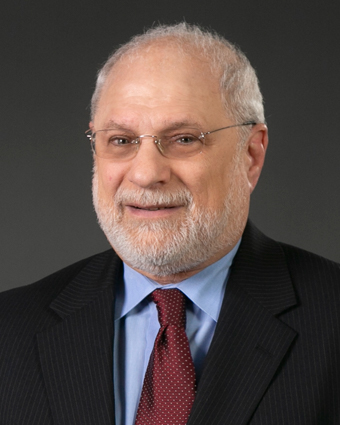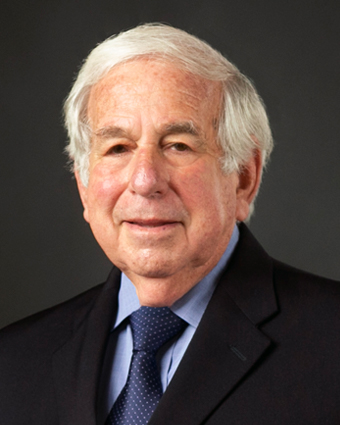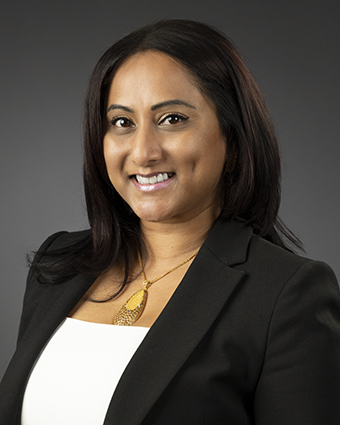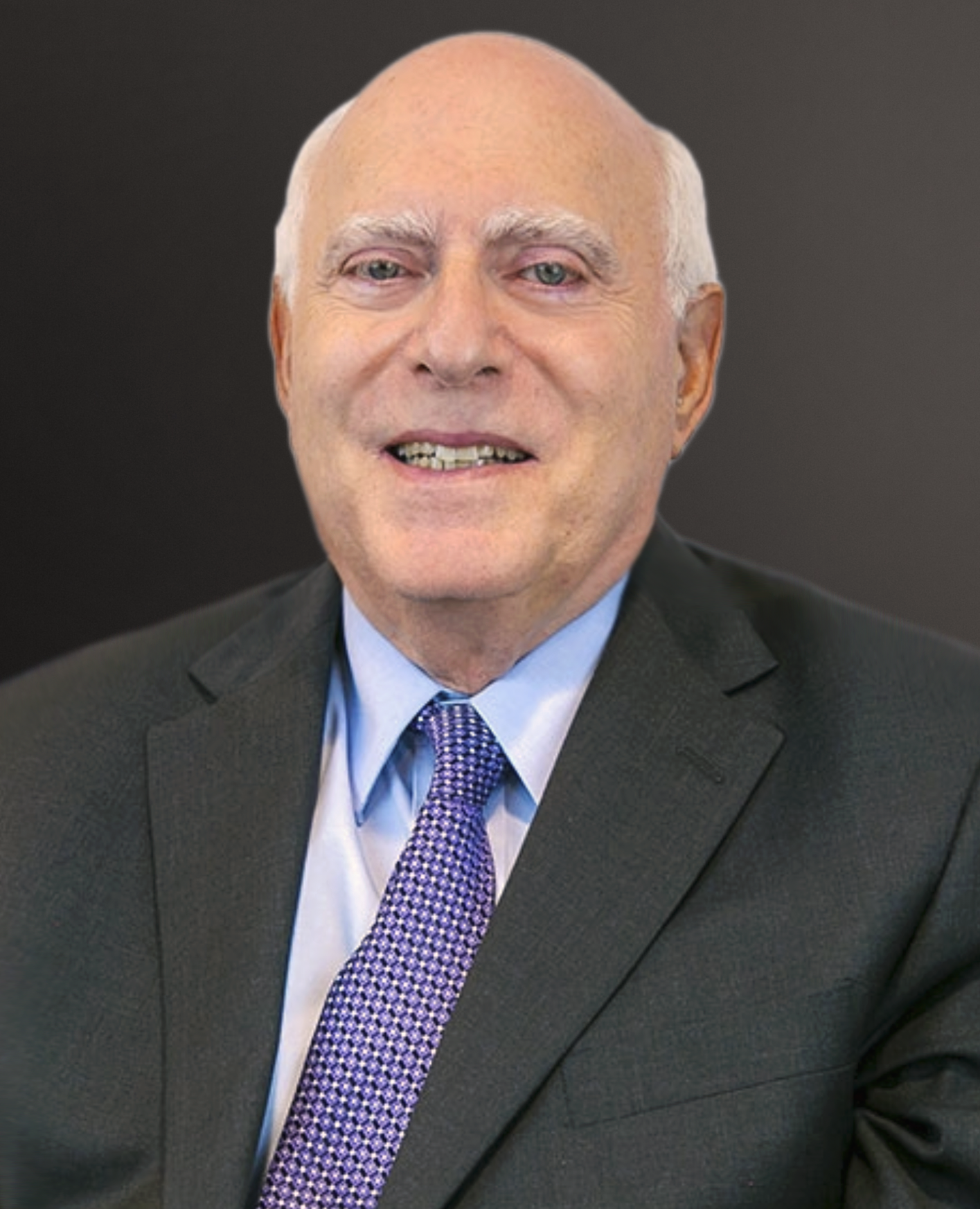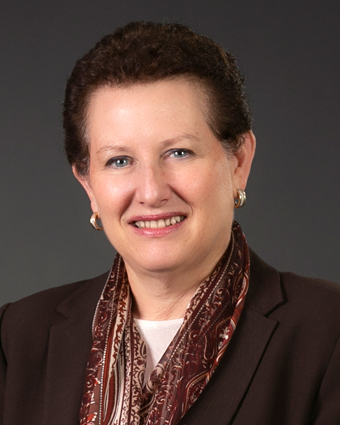Protect your legacy.
You put everything into building your wealth. Don’t leave anything to chance. Jaspan Schlesinger Narendran LLP offers specialized experience in trust and estates law so you don’t have to.
The attorneys in our trusts and estates practice group are versed in estate and business succession planning, asset protection, healthcare planning, tax matters and estate administration. They prepare wills, trust instruments, advance directives, prenuptial and postnuptial agreements, shareholder and operating agreements and other documents necessary to implement your plans for your wealth. They also assist fiduciaries in administering estates and trusts, and provide counsel to clients on a broad spectrum of tax matters.
Carrying Out Your Wishes Efficiently and Effectively
The attorneys in our trusts and estates practice group design and execute strategies to best ensure that your unique familial, business, charitable and tax goals are achieved. We have experience dealing with many common situations that can have complex legal implications, including those involving interests in businesses and real estate, inheritance rights in blended families, the desire for privacy in estate planning, and managing the finances and care of individuals with disabilities and incapacitated persons, just to name a few.
The attorneys in our trust and estates practice group also work collaboratively with our estate litigation attorneys to anticipate future problems that might arise in contentious situations, and to plan for them defensively. With the right strategy in place, we can help you avoid wasteful and costly litigation—and give you peace of mind knowing that your wealth will be distributed from one generation to the next according to your wishes.
In certain situations, when litigation cannot be avoided, our attorneys work together seamlessly. The lawyers in our estate litigation practice group are specialists who dedicate their practices entirely to contested matters, and will seek to ensure that your wishes are ultimately carried out.




